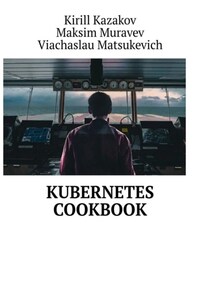Kubernetes Cookbook

О книге
Embrace the Cloud-Native Era with the Kubernetes Cookbook. This comprehensive guide offers a wealth of practical recipes to help you master Kubernetes and unlock its full potential.
Читать Kubernetes Cookbook онлайн беплатно
Книга заблокирована.
Вам будет интересно







